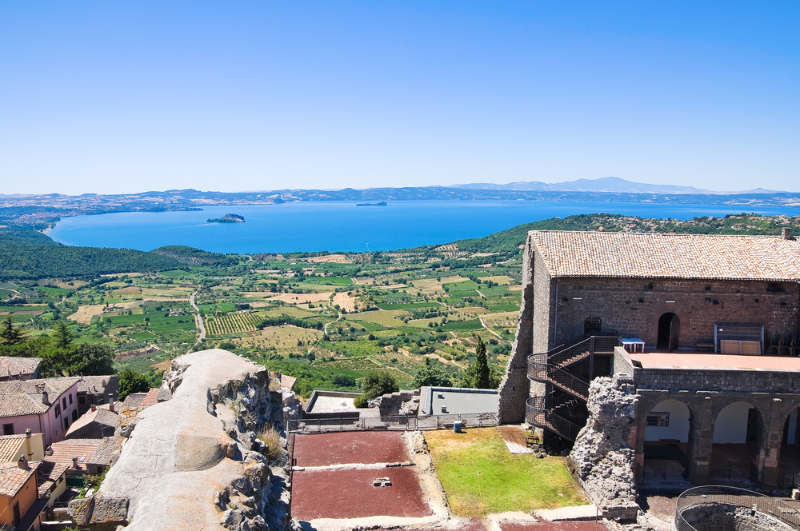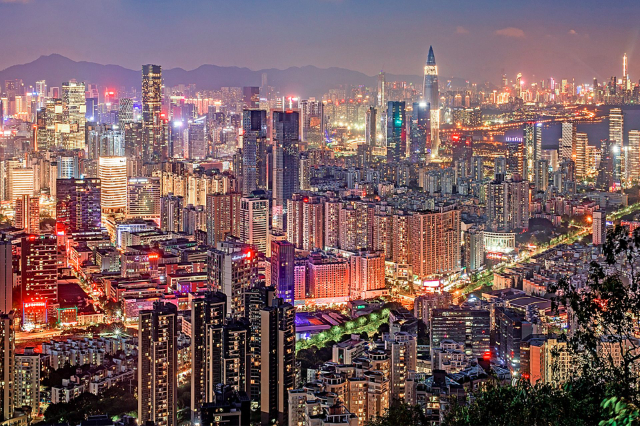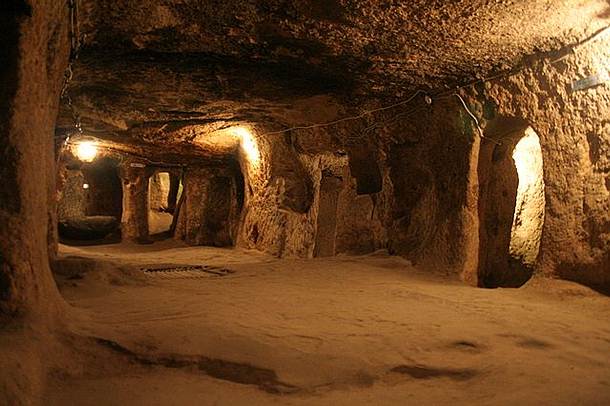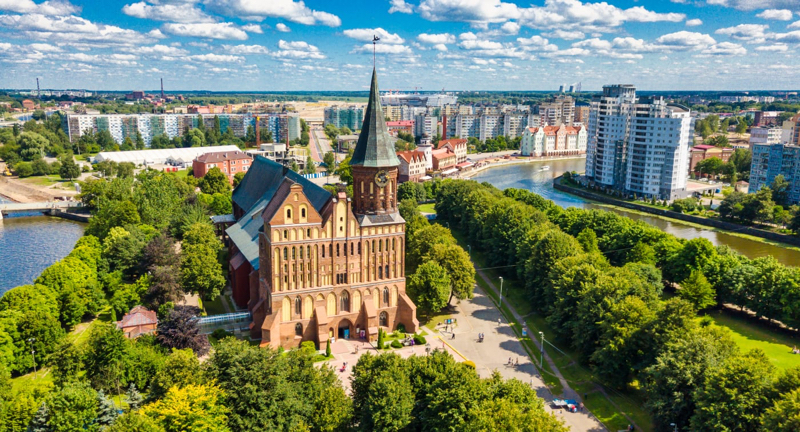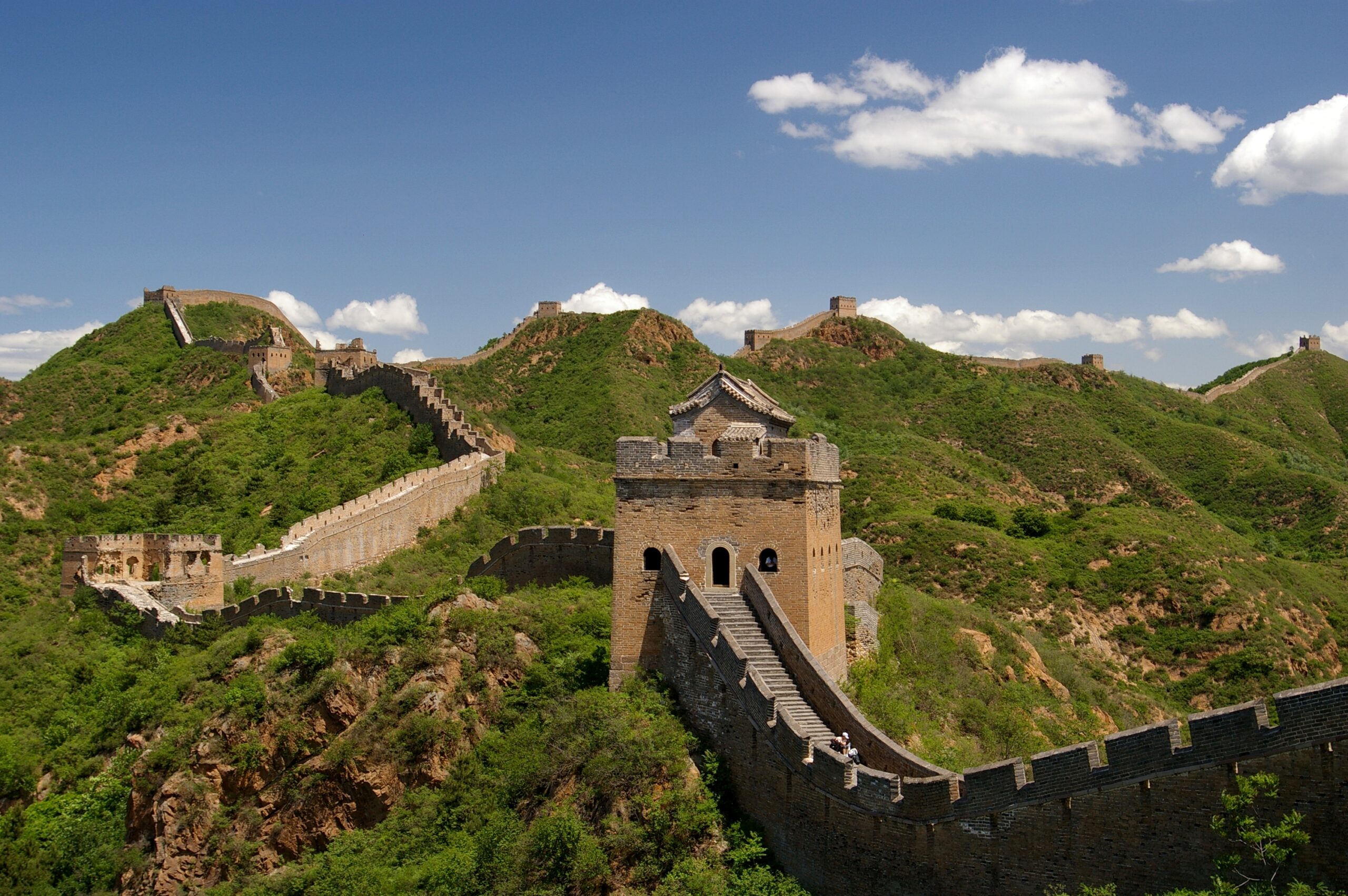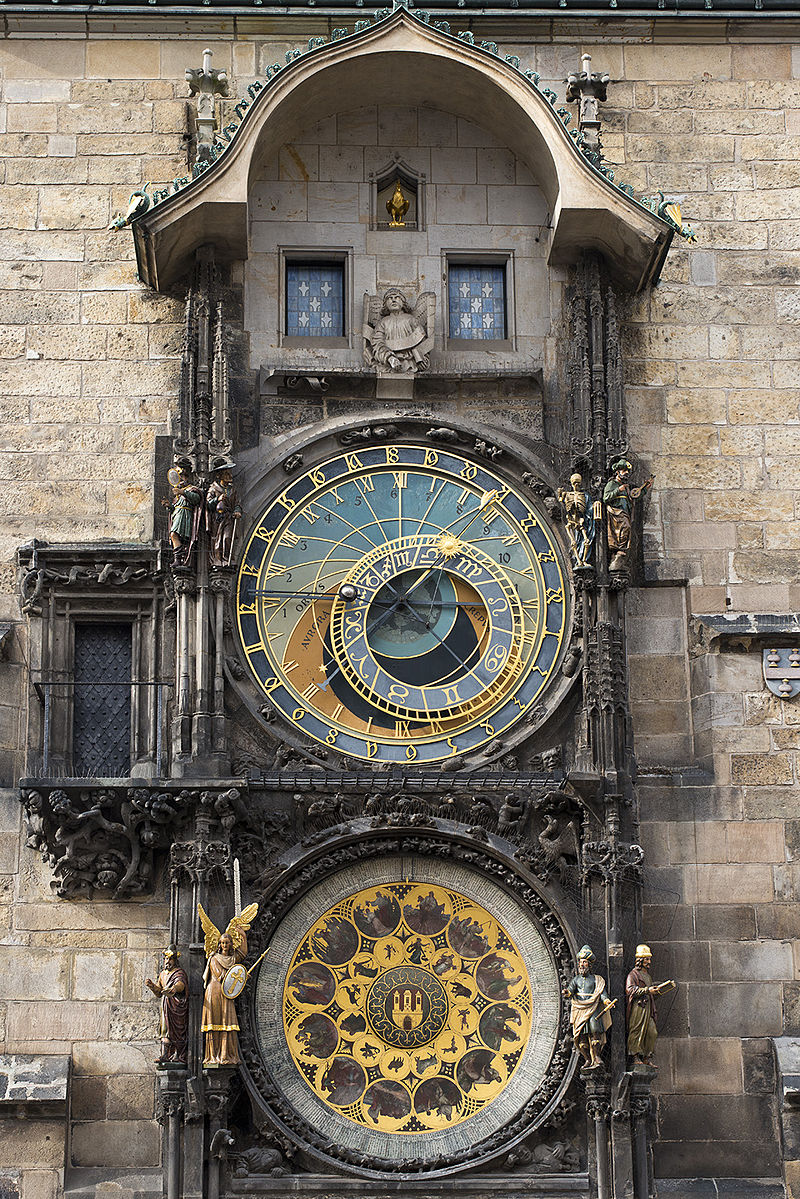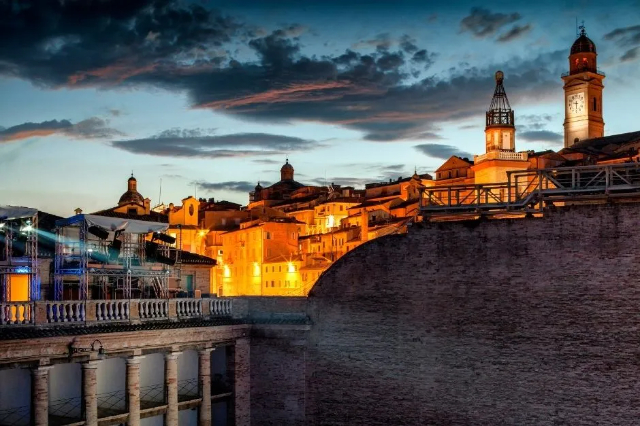The Territory of Montefiascone results frequented and inhabited since remote ages: the Etruscans considered it a sacred area, perhaps seat of the legendary Fanum Voltumnae, political and religious center, in which the Etruscan lucumoni met. The Roman testimonies are conspicuous and in good condition, strongly linked to the consular Cassia that served as a link between Rome, the center of Italy, the north of the Po Valley to France (hence the name Via Francigena). By virtue of the strategic position of the area, the Popes and the Bishops of Rome fortified the inhabited center in which many people came from the countryside to defend themselves from the frequent barbarian invasions; the walls were equipped with an imposing fortress, in the second half of 1200, but, during the Renaissance, the military needs made necessary many changes to the original structure. The works for the fortification of the city continued over the centuries and many popes were interested in them; today the Rocca dei Papi, restored and embellished, is often used for cultural events. From 1058 until almost the end of 1500 in Montefiascone followed more than thirty different popes, emperors and famous people. These stayed there for longer or shorter periods, convened parliaments or went there for summer stays.
